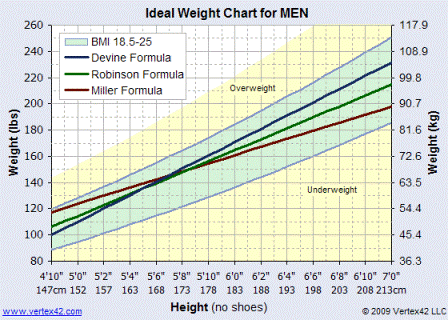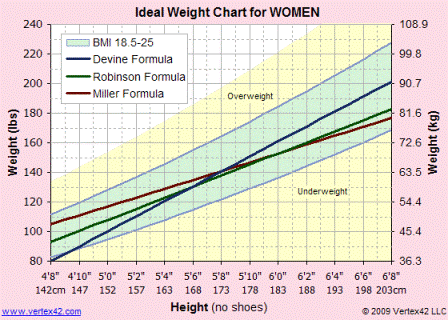MBDP Frequently Asked Questions for Funeral Homes
What is the ideal weight of a donation for the MBDP?
Ideal weight is based upon the height of the individual. While we can accept an individual who is underweight or overweight, we cannot accept an individual who is extremely obese or extremely emaciated. Ideal bodies for anatomical studies are within the normal weight range.
What degree of initial embalming is required?
Having the body well cleared of blood is a necessity for us. After clearing the body you can use a low index embalming solution to ensure adequate preservation until the body arrives at Montana State University. We perform the long-term tissue preservation at our facilities.
Why does the MBDP prefer the femoral artery for initial embalming?
The femoral artery is the best port for us to use for our secondary preservation. Initial embalming via the carotid artery destroys delicate structures in the neck that the WWAMI medical students must dissect and study.
By using the femoral artery we can get the best overall long-term preservation. The femoral artery's connection to the aorta and the branches off the aorta allow for the preservation of the pelvis, abdomen, thorax, neck, head, and upper limbs. The lower limbs are well preserved due to the vascular anastomoses at the hip.
Does the MBDP have a preference between formaldehyde and gluteraldehyde based products?
The use of formaldehyde based initial embalming solutions provides for a complete preservation. When gluteraldehyde based products are used we have a difficult time getting the secondary preservation fluids into the body. We have noticed that the gluteraldehyde based solutions clots the blood in the vessels. As a result, we cannot get a uniform preservation to all parts of the body.
What is the current rate of reimbursement to funeral homes?
Currently we are paying $850 to funeral homes for initial embalming and transportation of the deceased to the funeral home.
When should a Next of Kin form be used?
The Next of Kin form should be used if the family wishes to donate the remains of the deceased or if the deceased had expressed a clear desire to donate his or her body to science but never actually filled out the paperwork. In addition the NOK form can be used if the donor is no longer able to sign the forms.


